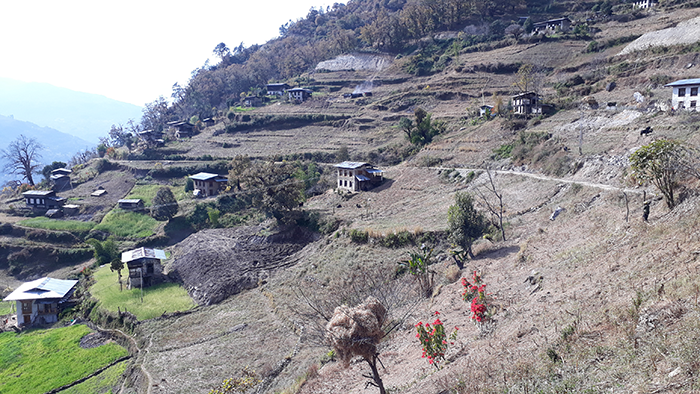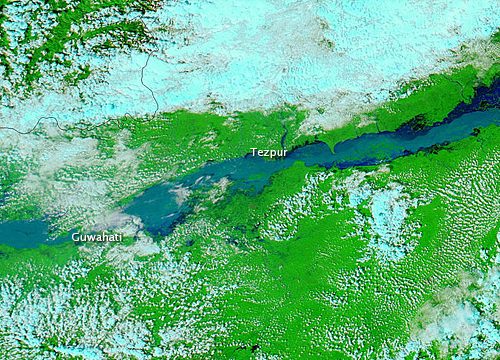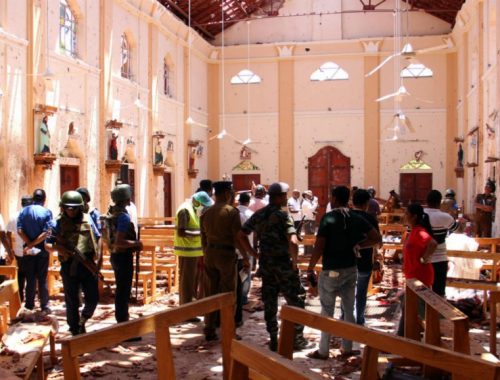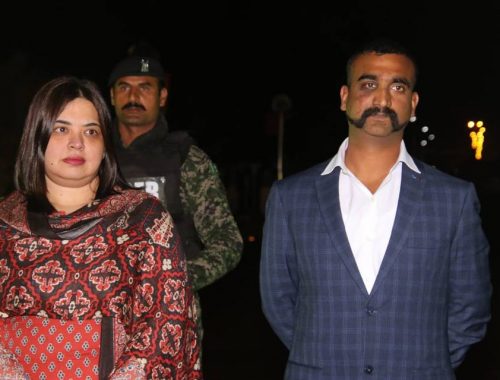
Neten Dorji |
Trashigang:
The people of Thongrong Village in Phongmey Gewog, Trashigang are called Dakpas or Brahmis. Their origins are linked to the northern part of Arunachal Pradesh, India and they dress like the highlanders of Sakteng and Merak.
This once remote community is now connected with road and changes have come with it.
Sangla, 87, has a story to tell about the community. He said their ancestors were from Mon Tawang. They came and settled here to avoid huge tax burden. “There could have been only about three households then. People were cattle herders mostly,” he said.

Their interaction in the olden day was only with the highlanders, mostly with Dakpas. People practised subsistence farming. The clear evidence of the community having undergone change is that their Chupa, Shingkha, Pishu, Toedung and Zhamu are being replaced by gho, jeans and kira.
Only 15 to 20 percent the population, mainly the elders still communicates in Dakpakha. They do not even speak or understand Tshangla, the language widely speak in the east. Apart from Thongrong, Dakpakha or Brahmilo (the language of the Brahmis) is also spoken in places Chaling, Tokshimang and parts of Shongphu in Trashigang.
Thongrong Tshogpa Sangay Wangchuk said that only a few elders wore Dakpa dress today. And, that too, only during special occasions.
Every household had a minimum of 20 sheep back then and the community was largely self-sufficient. With decreasing , the practice of rearing sheep is waning fast. They now have to buy clothes from Merak and Sakteng.
Tashi Chophel, 58, said it was a sad reality but the Dakpas could do little to save their language and culture. “The young are increasingly leaving the village.”




